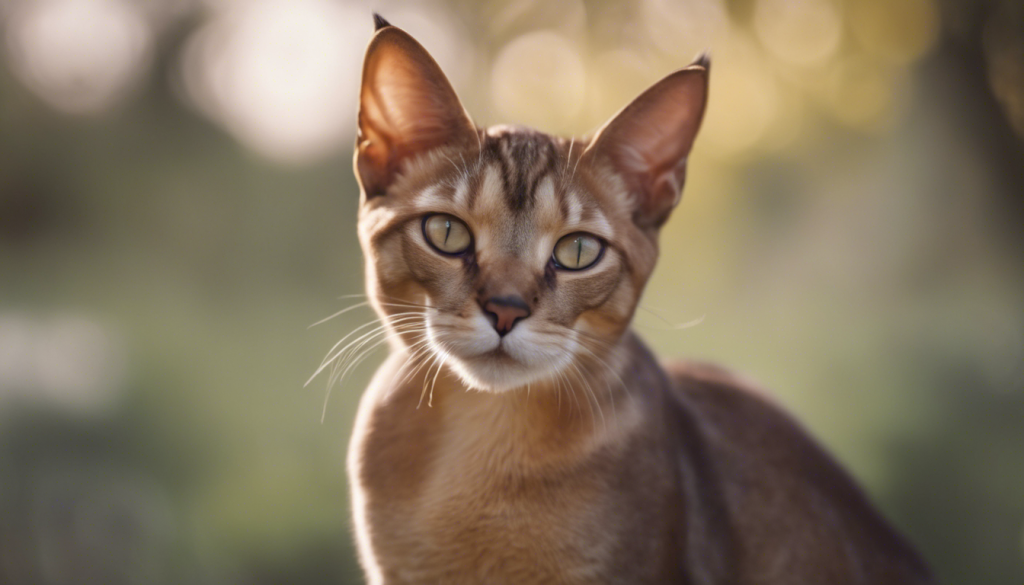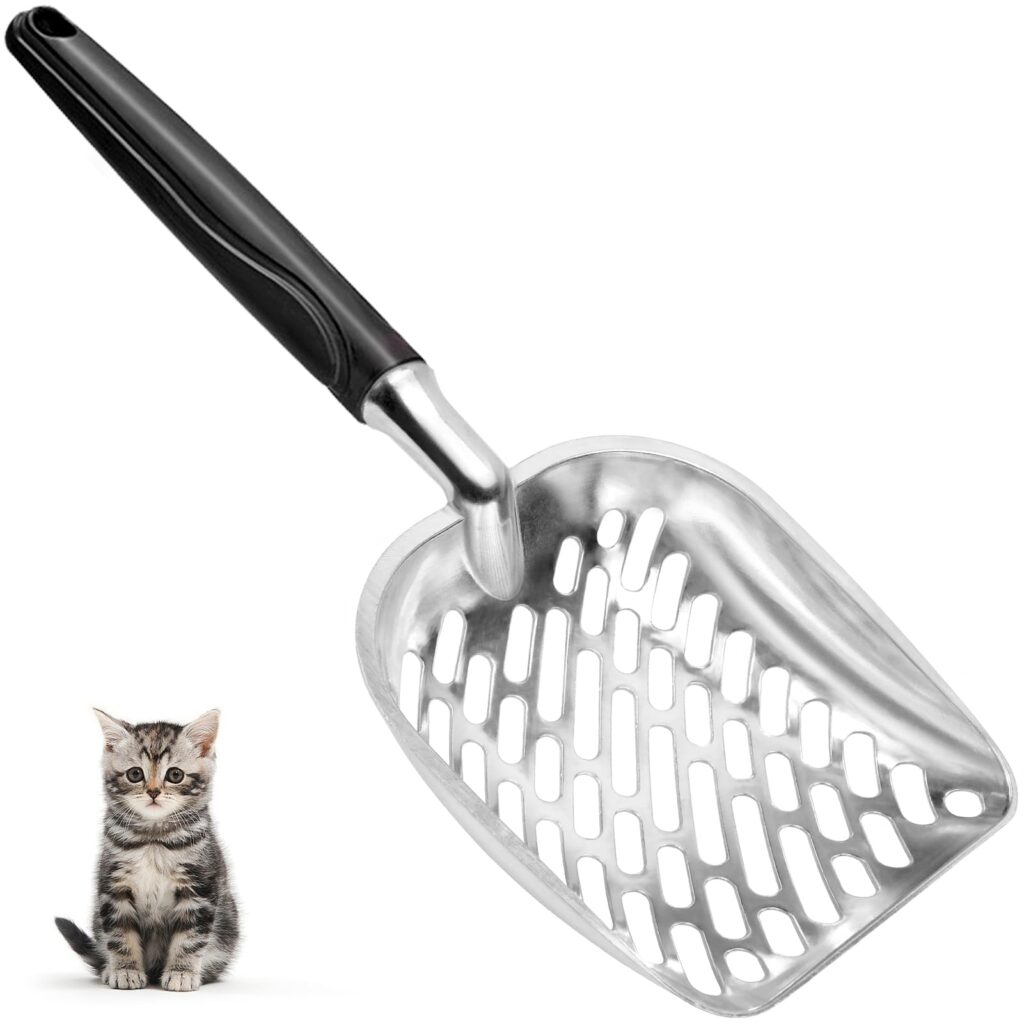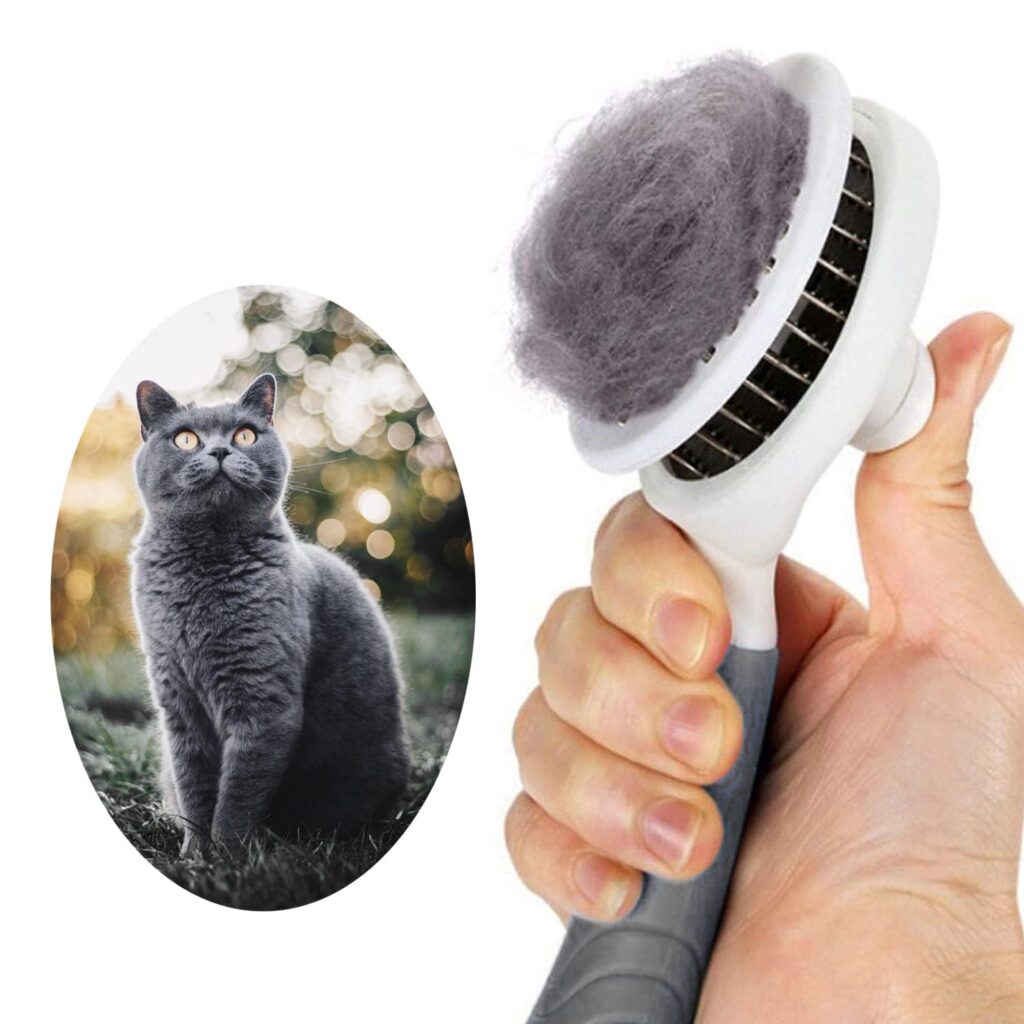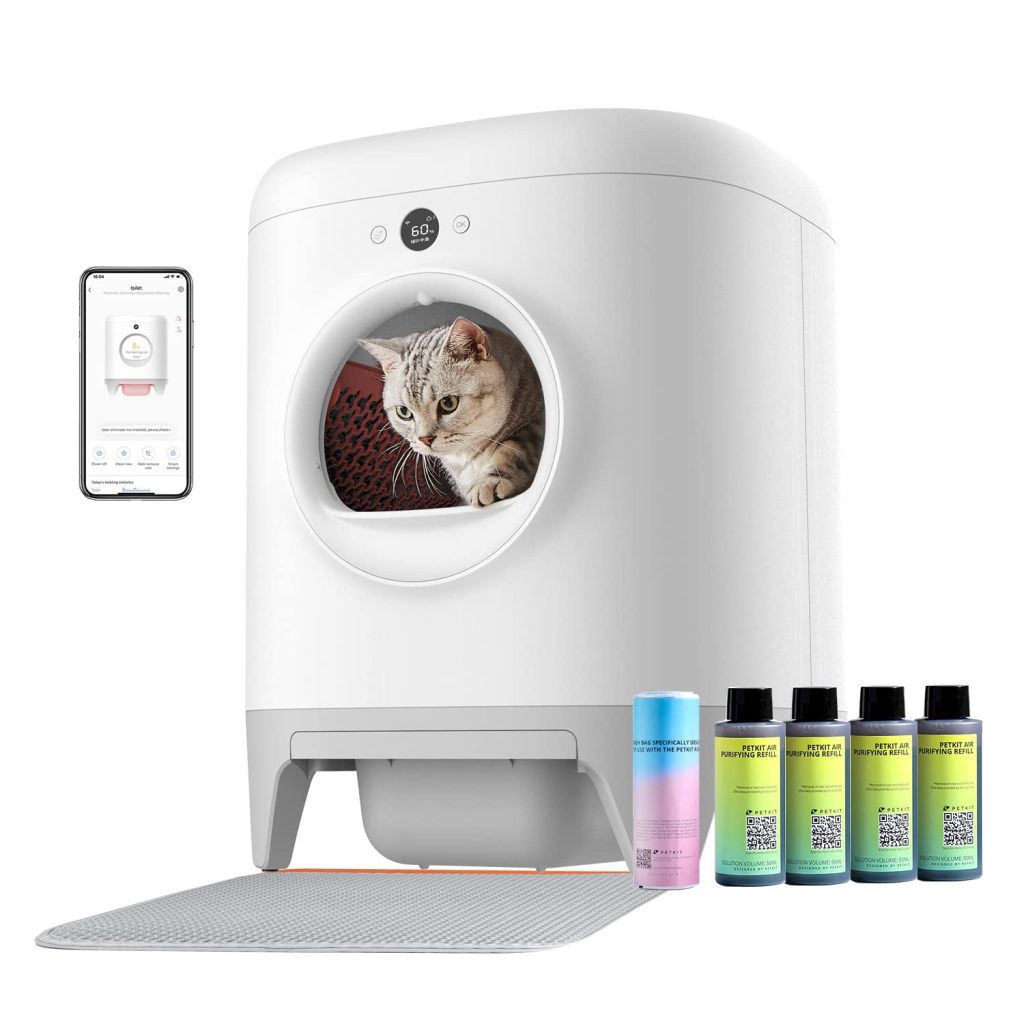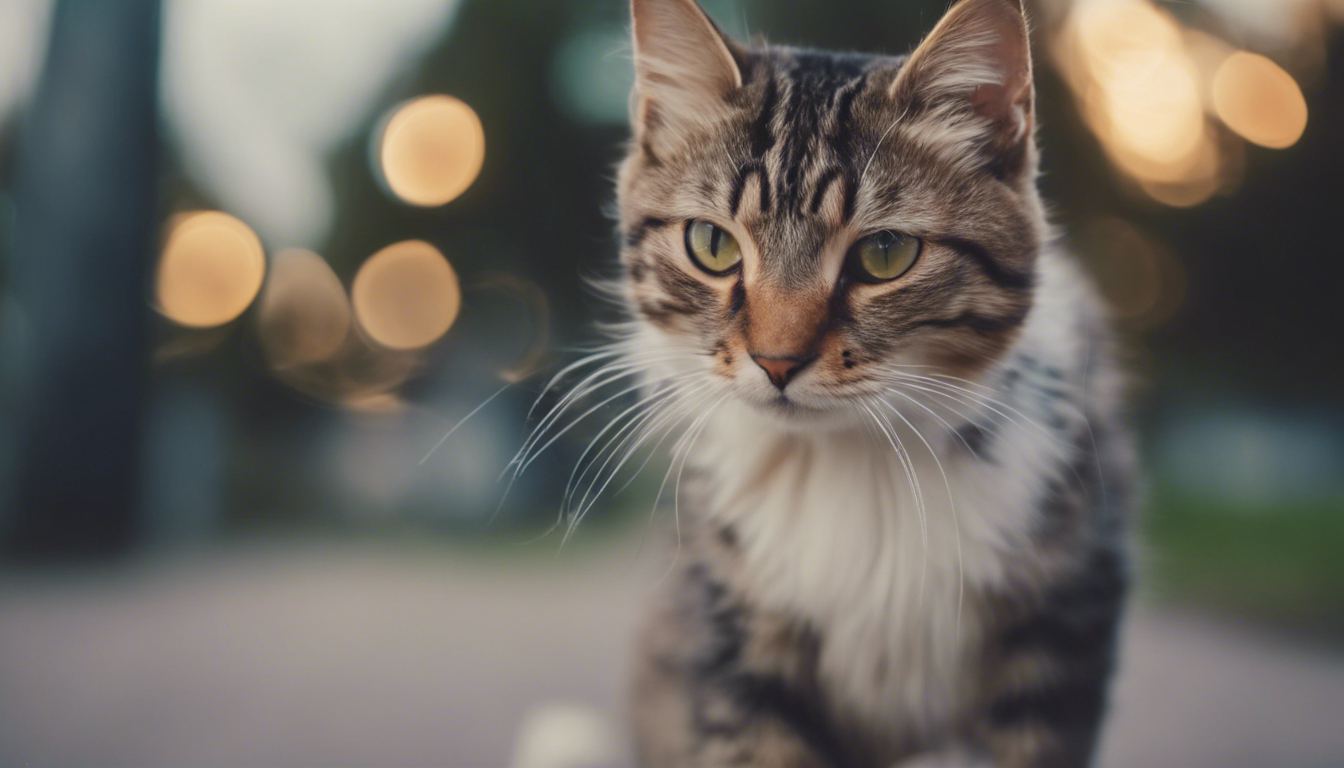
Understanding Your Cat’s Behavior and Readiness
Getting your cat to embrace the concept of walking on a leash is a journey that begins with a dive into their unique behavior and readiness. Cats are not small dogs, and their individual personalities play a huge role in how they’ll take to harness training. Before you even consider about leashing up your feline friend for an outdoor adventure, observe your kitty’s quirks and daily habits. Is your cat curious and bold, gravitating towards windows or doors, signaling an interest in exploring the world beyond? Or is your pet more of the cautious type, preferring the safe, cozy nooks of your home? These traits will guide your training approach.
A cat’s readiness for training can also be linked to their age; kittens are often more malleable when it comes to new experiences, but older cats can learn new tricks too with the right motivation. It is important not to force the issue—if your cat seems stressed or reluctant, slow things down. You’re aiming for a positive experience for both of you after all.
To gauge your cat’s readiness, look for signs of trust and comfort in your presence. Does your cat approach you for affection? Do they play and interact with you actively? These behaviors can suggest that your cat will be more receptive to the training process since they are indicators of a strong cat-owner bond.
Remember, cats communicate through body language, so keep an eye out for telltale signs. Tail flicking, flattened ears, or hissing are immediate red flags that your cat is not on board. On the flip side, a raised tail, relaxed body, and a healthy dose of curiosity are all green lights. Respecting these communication cues is not only an act of love but crucial for a stress-free learning environment.
Investing time in understanding your cat’s behavior and gauging their readiness isn’t just about making the leash-walking experience enjoyable. It is about strengthening your relationship with your feline companion. When you’re in tune with your cat’s comfort levels and personality, training becomes a platform for bonding and trust-building, and isn’t that the purr-fect goal for any cat owner?
Selecting the Right Harness and Leash
Selecting the right equipment is paramount when you want to embark on leash training with your kitty. A cat’s harness should be snug but comfortable, and safety is the key word. Unlike dogs, cats have flexible bodies and can escape from ill-fitting harnesses, turning a leisurely walk into an unintended game of hide and seek.
Start by looking for a harness designed specifically for cats. These are often shaped differently from dog harnesses to accommodate a cat’s unique body structure. Look for a “H” shaped harness that wraps around your cat’s neck and back for even distribution of pressure. Such a design also minimizes the chances of choking and discomfort when your cat inevitably tries to test the confines of this new gear.
When it comes to material, a breathable, lightweight fabric, such as mesh, can provide much-needed comfort. In warmer climates, this is especially important to prevent overheating. On the other hand, for the escape artists, a sturdy, adjustable nylon harness can be a better pick. It should have a good few points of adjustment too—around the neck and the chest—to ensure a tailored fit.
The leash itself should be lightweight and not too long. A bungee-style leash is a fantastic option as it can absorb the shock if your cat decides to make a quick dash. The last thing you want is for your cat to be yanked back uncomfortably if they reach the end of their tether.
Bring your cat along to the pet store if possible, as this will give you the chance to try on different harnesses. This “fitting session” can be surprisingly informative. A harness that looks perfect on paper might be awkward in practice. Safety buckles that release under too much pressure can prevent your cat from becoming trapped if the harness catches on something during an exploratory escapade.
Remember, each cat is a unique individual. What works for one may not work for another. Some cats may tolerate a vest-style harness that offers more coverage, while others might prefer the minimal contact of an “H” shaped harness. The goal is to find a safe, secure, and comfortable option that makes your cat feel confident, not constricted, creating a positive association from the start. This way, you’re laying the groundwork for many leisurely walks and shared adventures to come.
Gradual Introduction to the Harness and Leash
Once you have the perfect harness and leash in hand, it’s time to get kitty acquainted with their new walking gear. Patience is the name of the game here; consider of this as a gradual process rather than an immediate habit. Your fluffy companion may initially be skeptical of this strange new contraption, so let them inspect it on their own terms. Place the harness and leash near your cat’s favorite hangout spots. The idea is to incorporate these items into their environment, so they become as familiar as their beloved toys or bed.
Start by allowing your cat to sniff and paw at the harness. A little bit of catnip or their favorite treats can spark interest and generate positive feelings towards the harness. Once they seem comfortable with its presence, you can drape it over their back for short periods, always associating the harness with something enjoyable—like treats or cuddling.
After a few days of getting used to the feel of the harness on their fur, it’s time for the first fitting. Treats will be your best ally during this stage. Encourage your cat with a few nibbles while you gently slip the harness on. If at any point they resist or seem uncomfortable, take a step back and give them more time. Never rush or force the harness on, as this can cause anxiety and aversion to the harness.
Once your cat is wearing the harness, don’t fasten it right away. Let them walk around with the harness unclasped to adjust to the weight and texture. Next, when they seem indifferent to its presence, secure the harness. Ensure it’s not too tight—you should be able to fit two fingers comfortably between the harness and your cat’s body. Reward them generously with praise and treats throughout the process, so they learn to associate harness-time with happy-time.
It’s important during these initial stages not to attach the leash just yet. Let your furry friend wear the harness around the house first, doing their usual cat activities. They may walk awkwardly, flop over, or try to wriggle out of it; that’s normal. Supervise these sessions to ensure your cat doesn’t get entangled or distressed. Keep these initial harness-wearing sessions short and sweet, gradually increasing the time as they become more comfortable.
When the time comes to introduce the leash, start by attaching it to the harness during their comfortable indoor environment. Allow them to drag it around so they can get used to the added weight and feel. Oversee these sessions to prevent any leash-related mishaps. And, as always, reinforce the positive aspects with treats and their preferred form of affection.
Through these steps, your cat will learn that the harness and leash are not threats, but rather accessories to fun and rewarding experiences. Positive reinforcement is the key throughout this process; with each small success, they’ll grow in confidence. Your gentle encouragement during these stages very important, as it helps to fortify the trust in your bond. Eventually, they’ll step out confidently on the leash, ready to explore the great outdoors alongside you.
Practice Sessions and Positive Reinforcement Techniques
Now that your kitty has ventured into the great indoor yonder, harnessed and leashed, a sense of comfortable familiarity with the gear should be starting to set in. But there’s still some ground to be covered before you are both prancing about in the great outdoors. This is where practice sessions and positive reinforcement techniques come into play.
The practice sessions should be consistent and structured. Begin indoors or in a secure, enclosed outdoor space like a fenced yard, where distractions are minimal. Keep them short at first, no more than five to ten minutes to ensure you are not demanding too much, too soon, from your furry companion. Engaging your cat in a favourite game or enticing them with treats can make them move around with the harness and leash on. You’ll want to create a routine where the harness and leash equal fun time.
Remember, just like with the excitement of a new toy, it’s about sprinkling these sessions with something extra special to reinforce positive attitudes!
Use positive reinforcement throughout these sessions as your cat becomes more adept at moving around harnessed. Reward them with small treats, verbal praise, or gentle petting whenever they take steps or follow you willingly. Cats can be quite food motivated, so use high-value treats, something they really love, making sure these are not part of their regular meal to maintain their special status.
Patience will be your most valuable ally. Your cat might take to training in strides, or they might require a bit more encouragement. It is all about reading their mood and energy, adjusting your expectations accordingly. For example, if your furball seems eager and attentive, it might be the right moment to add another step to your training, like guiding them with the leash to follow you for a few steps. If they’re distracted or start to show any signs of stress, it is time to take a break and try again later.
As your cat grows accustomed to the harness, leash, and following cues, slowly introduce new challenges. Lead them through doorways, around furniture, or up and down stairs. Always practice at the cat’s pace, never pulling or tugging on the leash. If at any point your cat resists or becomes nervous, revert to the former step where they were comfortable, and slowly work your way back up.
A really fun way to implement positive reinforcement is through clicker training, where a small device is used to make a clicking sound every time your cat does something you want, like moving on command. Follow that click immediately with a treat, and your kitty will soon understand that the click is a promise of yummy rewards for good behavior.
- Click when your cat looks at you while wearing the harness.
- Click when they take a step in the harness.
- Click when they follow a command or cue.
Each click and treat combination serves as a small win for your cat, reinforcing the desired behavior. This not only helps your cat learn faster but also deepens your communication and enhances your relationship.
And let’s not forget the power of affection. For some feline personalities, a treat is nice, but a good chin scratch or some cuddle time with their favorite human can be just as rewarding. So, feel free to mix in plenty of love and attention.
When you are both ready to take this show on the road, start with short outdoor ventures, then gradually increase the time outside as your cat becomes more comfortable. With persistence and positivity, soon enough, your walks will transform into adventurous explorations, offering stimulating experiences for your cat and a unique bonding opportunity for you both.

